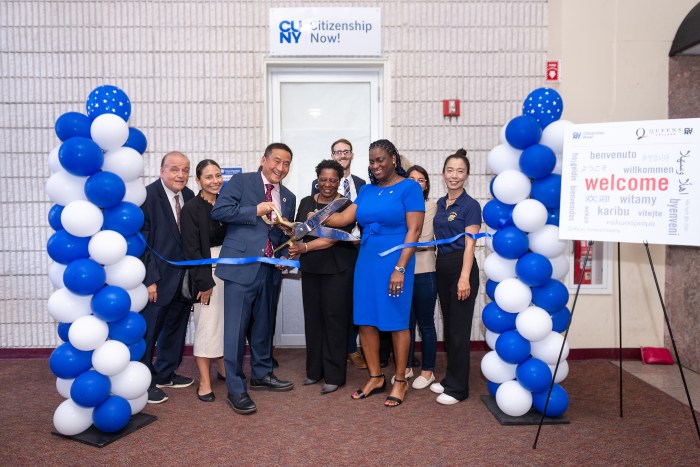By Joan Wettingfeld
Seldom mentioned and languishing in oblivion for many years was an early Italian explorer who in recent years has received proper recognition. He was the navigator and explorer Giovanni da Verrazano.
In 1946, Robert Moses proposed building a bridge across the Narrows; by 1957, plans were underway to initiate the project. It was at that time that the Italian Historical Society of America sponsored the idea that this new bridge should be named in Verrazano's honor. To promote the cause, proclamations from several states, like New Jersey, South Carolina and Rhode Island, verified that these states were among the territories first visited by the Italian explorer.
Moses, however, objected on the grounds that “Verrazano” was too long a name. When President John F. Kennedy was assassinated, thousands proposed that the new bridge be named in his honor. After a long struggle, the bridge was finally given its present name.
Verrazano's date of birth is not known, but listed as around 1485. Born in Tuscany, Italy, he was educated in Florence, where he excelled in mathematics and became known as a master mariner. In about 1507, he moved to Dieppe, France, and pursued his maritime career.
Representing France, he was commissioned by King Francis I to explore the North American coast in the region of North Carolina, with the hope of finding a new and quick route to the Orient. Sailing south along the South Carolina coast, he turned north, sailing along the outer banks of present-day North Carolina. He recorded in his notes what he described there as a large inland sea, but later it was discovered to be Pamlico Sound. This error would influence map makers of the time, including Giovanni's brother, Girolamo da Verrazano, to picture North America as being almost split in two with a thin land bridge on the East Coast. This error would not be corrected until a century later.
When he passed the mouth of Chesepeake Bay, he did not enter it nor did he record its presence; he also did not record the site of the Delaware River. Verrazano was also known to have landed several times and interacted with Native American tribes. Sailing past New Jersey, he entered lower New York Bay and anchored in the Narrows, between Staten island and Brooklyn, and there received a visit from a group of Lenape Indians in canoes. He described what he believed to be a large freshwater lake to his north (upper New York Bay).
From New York Harbor, he sailed along Long Island's southern coast, crossed Block Island Sound and entered Narragansett Bay. Following the coast to Maine, then the southeast coast of Nova Scotia, he returned to France by way of Newfoundland.
Verrazano made two more voyages to the Americas, one of which was to Brazil.
Sources differ on the nature of Verranzano's death. Some relate he was killed on his third voyage in 1528 by Lesser Antilles natives. Other sources say he was captured by the Spanish and hanged as a pirate in Cadiz.
It took the building of the Verrazano Bridge and the persistence of the Italian Historical Society to reveal Verrazano's true contributions as a New World explorer. His detailed accounts kept in his journal and the information based on his brother's maps opened up a new concept of America. He is now recognized as the discoverer of New York Harbor, Block Island and Narragansett Bay. Prior to that time, Henry Hudson's 1609 voyage was regarded as the start of the European exploration of New York.

































